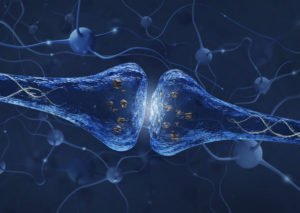
On a recent trip to Africa, I climb the bluff from which, I’d been told, I could see whales breaching. I have the strand to myself; September in Tofo, Mozambique, is not the season for beach-goers. I stand like a sentry as I gaze out at the Indian Ocean. I’m familiar with the Pacific, but this is new and thrilling, standing at the edge of the great continent of Africa where several oceans meet.
I scan the white caps for whales, not sure what to look for, not expecting to see them, but feeling excited and hopeful. White, foamy waves turn and tumble in a violent sea…but no whales—and I begin to feel like I have missed out on something important. Perhaps something that will give this long journey a special meaning, beyond appreciating seeing my family.
And then I settle into just gazing and waiting with no expectations. Letting the waves curl and furl as they will, but still letting myself settle into a comfortable place, a standing meditation on the waves. I notice in that stillness of mind the breeze has calmed. My mind has calmed and settled…and there, I spot what’s clearly whale blow, distinct from the wave spray. The sea water gusts up and disappears, and then I see the first of the whales breaching. An enormous black body thrusts up and crashes down in a huge swell of white that I’d have mistaken for another wave if I hadn’t seen the whole sequence. When I calm and settle, letting go of expectations and anticipated disappointment, whales breaching are there to be seen.
In fact, I see so many whales I lose count. I am alone on this bluff, feeling contentment I had not experienced on this trip until now, through patience and letting things happen without trying to make them happen: Allowing the experience to be just that, being with the waves, the sound of the surf, and the breeze. Feeling the sand under foot, and settling into myself.
Insight in meditation happens in much the same way. It is not the goal. Insight can be an outcome, but can’t be forced. Thoughts and feelings that come up during meditation should neither be pushed away nor clung to. Letting go of striving for any particular experience to happen allows for effortless inner quiet.
When I first looked at the ocean, searching for whales, I was craving to see them—and so couldn’t settle into the experience of just being there. But when I let go of needing the experience, my vision shifted and I saw clearly. The whales continued to slap the ocean’s surface, I continued to watch, but without getting caught up in excitement—which can be a seductive detour away from insight.







